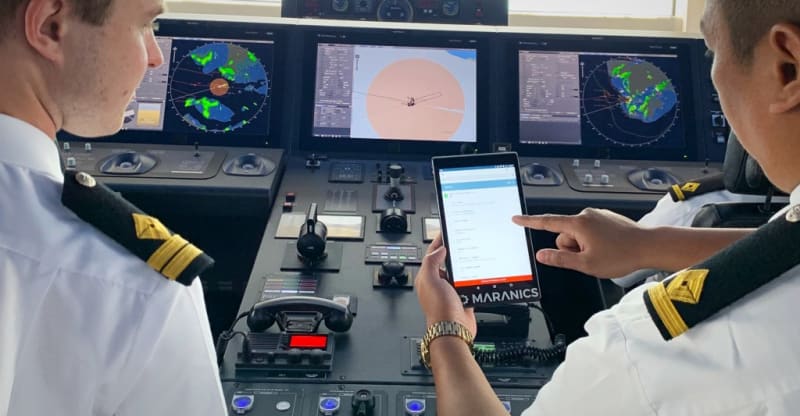Somewhere in the world’s oceans, a local n8n instance just ran a workflow on a cruise ship. We spoke with Mattias Larson, co-founder of Maranics to learn more.

Can you tell us a bit about yourself?
I am the co-founder of Maranics, which is a company that focuses on digitalizing human processes to increase quality and reduce workload. I have a background in commercial and operational management positions in the maritime and energy industry. In the last 8 years, my work has been based on digitalization with a focus on human processes. This is a subject that interests me a lot, and I believe that in the world of automation, humans will become more and more important.
What made you decide that n8n would be the most suitable tool for you?
I have used both Zapier and Integromat for quite some time. We decided to go with n8n as the main tool as it can run on the local environment. Also, feature-wise it has a lot to offer. As more and more features become available, we plan to implement n8n workflows even more.
What kind of workflows are you building with n8n?
We are using it for automating a lot of processes where there is repetitive manual work. We are using it mostly in the maritime industry onboard both big cruise vessels and smaller cargo vessels. We are also planning to use it for other projects.
We are using n8n as one of the tools to share data from our digital processes to the legacy applications onboard cruise ships.
Which integrations have you been using the most?
We are mostly using the HTTP and the Webhook node. Other than that, we are also using the MongoDB and Postgres nodes.
What’s the most useful feature of n8n for you?
The possibility to run on EDGE (local environments), to copy nodes and the option to customize quite a lot with custom code are some of the features that are quite useful for us.
What advice do you have for people looking to incorporate n8n in their teams or projects?
I think that tools like n8n will become essential in any business in the future. My recommendation is to put business people who know the processes in the front and combine those with the right technical skilled persons. It’s also important to not just try to replicate the analog ways but also be ready to question current processes and be willing to change. It is essential to focus on the items that create clear values. An example of this is something that gets repeated and done frequently.
How do you envision using n8n in the near future?
We are planning to use n8n both for internal operation and also as a key complement to our services. We have a strong belief in the microservice environment, and we believe that n8n will be one of the essential tools in our kit.
What’s a feature that you are looking forward to or would love to see in n8n?
I am looking forward to seeing the OAuth 2 support and also the possibility to map data from other nodes into function nodes.
n8n users come from a wide range of backgrounds, experience levels, and interests. We have been looking to highlight different users and their projects in our blog posts. If you’re working with n8n and would like to inspire the community, email me at tanay@n8n.io to tell your story 💌







Oldest comments (0)